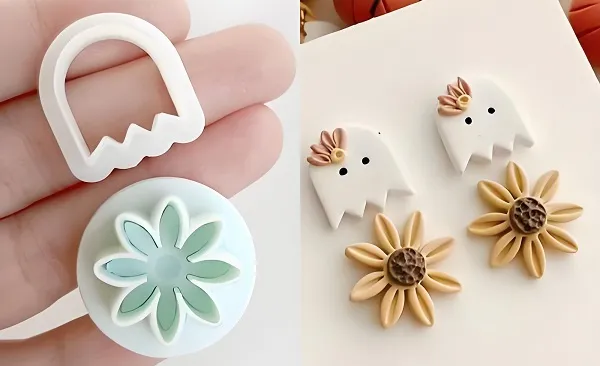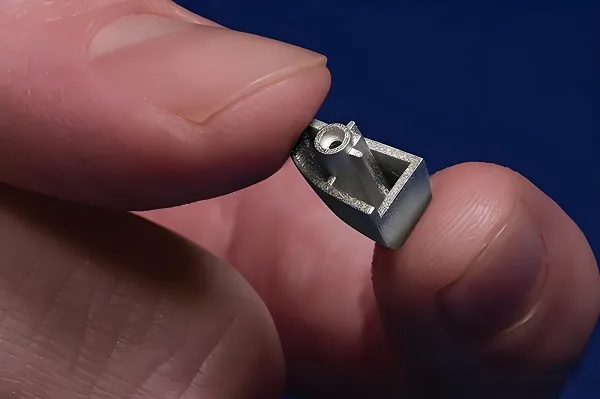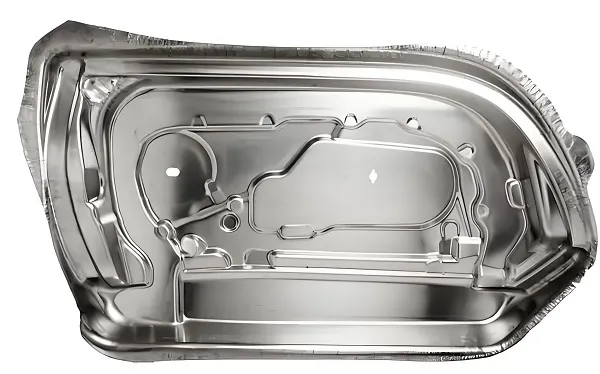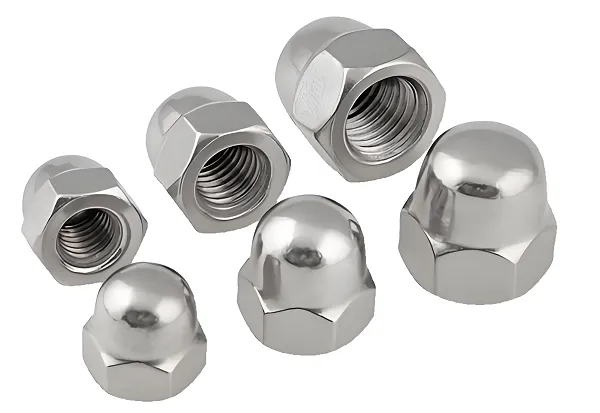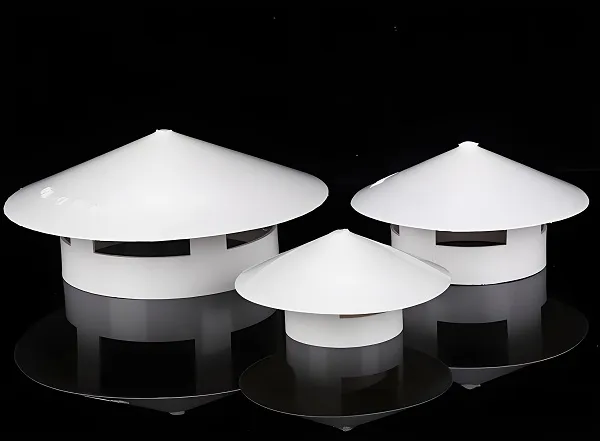Thin metal stamping is a manufacturing process that uses one or more metal stamping dies to stamp, bend, and stretch sheet metal (usually under 6mm) under the action of a stamping press to form a workpiece with a three-dimensional dimensional shape. This process has a wide range of applications in automotive, household appliances, electronic equipment and other industries.
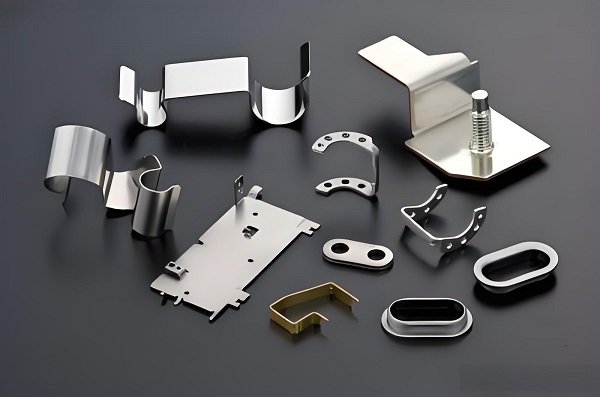
1. Characteristics of thin metal stamping parts
Thin and uniform: the thickness of the stamped parts is consistent and relatively thin, which can meet the needs of lightweight design.
High precision: due to the use of molds for stamping, the precision of the workpiece can reach the micron level and the specifications are consistent.
High strength: stamped parts undergo plastic deformation during the stamping process and have high strength and rigidity.
Good plasticity: it can produce workpieces with reinforcing tendons, ribs, coils or flanges which are difficult to be produced by other processing methods.
2. Thin metal stamping production process
Design: Determine the size, shape and material of the stamped part.
Cutting: Use cutting machine or laser cutting machine to cut the metal plate according to the design pattern.
Stamping: put the cut sheet into the punch press and use the stamping die for stamping.
Bending: Use the bending machine or bending machine to bend the parts after stamping and forming.
Welding (if required): Welding of parts to meet specific design requirements.
Surface treatment: spraying, baking paint and other surface treatments on stamped parts to improve their corrosion resistance and aesthetics.
3. Thin metal stamping parts processing technology
Mold design: design suitable stamping molds according to the shape and size of the stamped parts.
Stamping process parameter setting: including the setting of stamping speed, stamping pressure, die clearance and other parameters to ensure the precision and quality of the stamped parts.
Stamping molding: Use the stamping machine to stamp the metal sheet into the required shape and size.
Subsequent processing: carry out necessary trimming, deburring and other processing on the parts after stamping and forming.
4. Thin metal stamping surface treatment process
Spraying: spraying a layer of protective or decorative paint on the surface of the stamped parts.
Baking paint: put the stamped parts into the baking room for baking, so that the paint layer curing.
Electroplating: Plating a layer of metal, such as zinc, chromium, etc., on the surface of stamped parts to improve their corrosion resistance and aesthetics.
Anodizing: Anodizing aluminum alloy stamping parts to form a dense oxide film to improve its corrosion resistance and hardness.
5. Thin metal stamping optional materials
Stainless steel: excellent corrosion resistance and mechanical properties, suitable for occasions requiring high strength and corrosion resistance.
Aluminum alloy: light weight and good corrosion resistance, suitable for the need for lightweight design occasions.
Copper alloy: good electrical conductivity and corrosion resistance, suitable for occasions requiring electrical conductivity.
Mild steel: high strength and good plasticity, suitable for the need to withstand certain load occasions.
6. Thin metal stamping characteristics of different materials
| Material | Tensile Strength (MPa) | Yield Strength (MPa) | Density (g/cm³) | Corrosion Resistance | Conductivity |
|---|---|---|---|---|---|
| Stainless Steel | 500-2000 | 200-1800 | 7.8 | Excellent | Poor |
| Aluminium Alloy | 110-450 | 40-350 | 2.7 | Good | Good |
| Copper Alloy | 200-400 | 100-300 | 8.9 | Good | Excellent |
| Low Carbon Steel | 370-500 | 250-400 | 7.87 | Poor | Poor |
(Note: The data in the table are approximate ranges, the specific values depend on the type of material and heat treatment status.)
Customized Thin Metal Stamping Parts FAQ
Q1: What shape of thin metal stamping parts can I customize?
A1: You can customize any shape of thin metal stamping parts according to your specific needs, just provide detailed drawings and size requirements.
Q2: How long does it take to customize thin metal stamping parts?
A2: The customization time depends on the complexity and quantity of the stamping parts, generally it takes 7-15 working days from design to production completion.
Q3:What materials do you provide customized thin metal stamping parts service?
A3:We provide customized thin metal stamping parts made of stainless steel, aluminum alloy, copper alloy, mild steel and other materials.
Q4: How to calculate the price of customized thin metal stamping parts?
A4:The customized price depends on the size, quantity, material and process complexity of the stamping parts, the specific price needs to be accounted for according to your needs.
Q5: Do you provide after-sales service?
A5:Yes, we provide perfect after-sales service, including product quality guarantee and technical support. If there is any problem, we will be happy to solve it for you.

